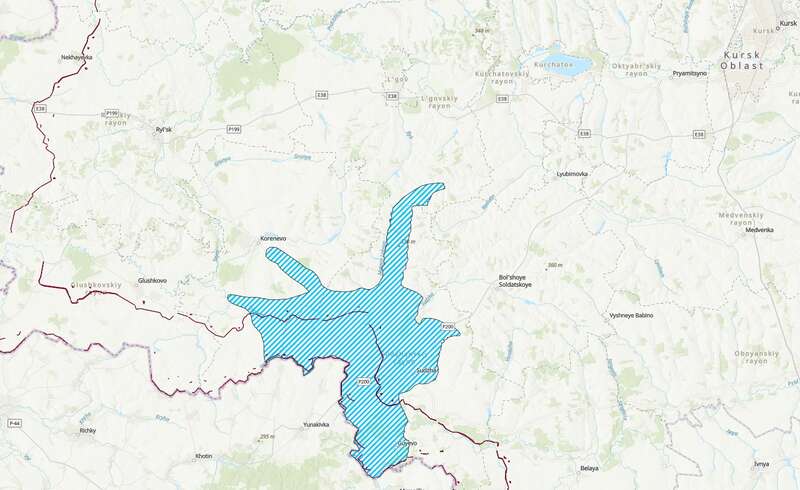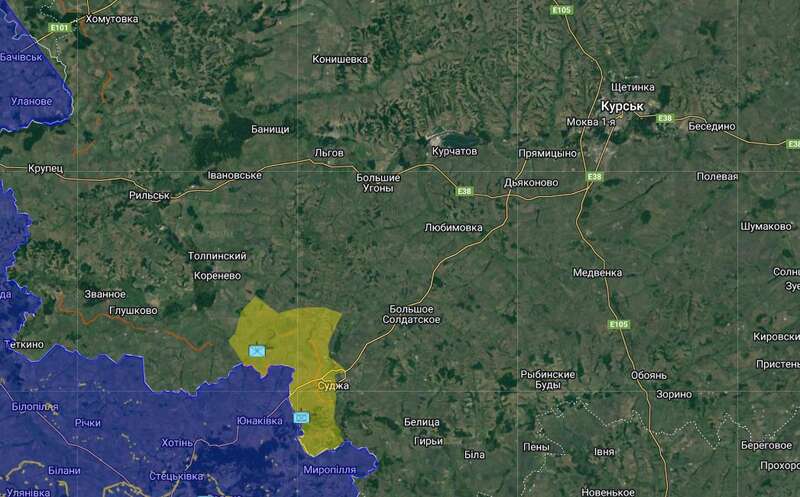
HIMARS destroyed a column of occupiers, and there are 20 kilometers left to the Kursk NPP
On the night of August 9, the Kursk region was warned of an air threat four times, and the Russian Defence Ministry assured that it had repelled all attacks by the Ukrainian Armed Forces. On the map of military operations, one of the "tongues" stretches to the Kursk Nuclear Power Plant, which is 20 km away. The General Staff of the Ukrainian Armed Forces has not officially commented on the operation on the territory of the Russian region.
On the evening of August 8, the Russian command assured citizens that it was successfully repelling the breakthrough in the Kursk region. The Russians heard that battles were taking place in border areas, and that the Russian Armed Forces were fighting dozens of tanks, armored vehicles, and infantry fighting vehicles. In addition, they allegedly managed to shoot down HIMARS shells that were threatening a column of military equipment with manpower.
Breakthrough in Kursk region – situation on August 9
On the morning of August 9, the Russian Defence Ministry announced that it had repelled an attack by a Ukrainian UAV during the night. The Russian command’s report indicated that 75 drones were shot down, including seven over Kursk. The rest were over Belgorod (26), Lipetsk (19), Bryansk (5), Voronezh (4), Oryol (1), as well as over occupied Crimea (5) and the Black Sea (8). In addition, the Russians were told how the Russian Armed Forces successfully repelled all Ukrainian attacks and stopped the breakthrough in Kursk Oblast.
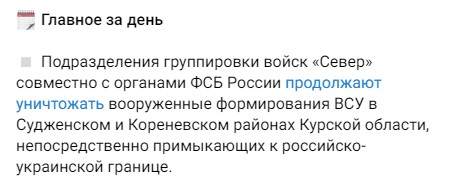

Acting Governor Alexei Smirnov did not publish details of the situation in Kursk Oblast. On the night of August 8-9, over the course of eight hours, he warned local residents four times about a "missile threat."
At the same time, Russian mibloggers publish ambiguous explanations of what is happening near Sudzha. On the one hand, they are worried about the destruction of a Russian column exposed to a HIMARS strike. On the other hand, they report that no villages have been captured, there is just minor shooting. At the same time, for unknown reasons, the local population independently travels further from the border. For his part, Russian media war correspondent Alexander Kots spoke about a visit to the battle line. According to him, he saw blown up vehicles of the Russian Armed Forces near the road, which electronic warfare systems did not help fight off FPV drones.
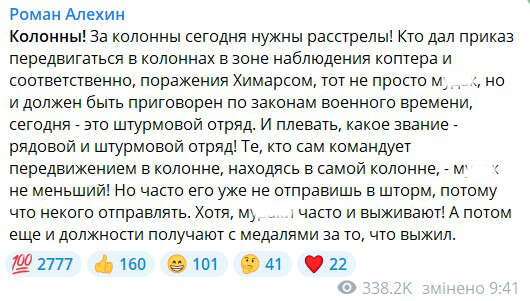
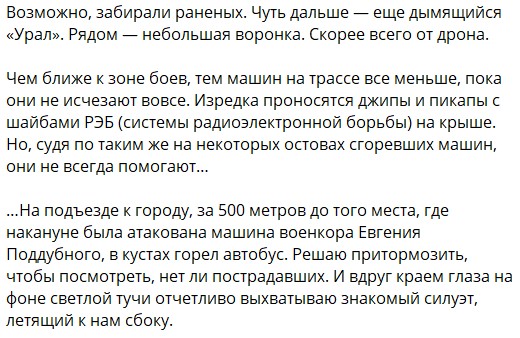
What the General Staff of the Armed Forces of Ukraine and Ukrainian analysts say about Sudzha
The General Staff of the Armed Forces of Ukraine did not mention the breakthrough in the Kursk region in the morning report. There is information about two points where the greatest number of attacks by the Russian Armed Forces occurred: near Pokrovsk - 29, near Liman - 24.
DeepState analysts published the first information about the breakthrough in the Kursk region on the morning of August 9. The report states that on the first day of intensified fighting, the Ukrainian Armed Forces managed to reach the village of Zelenyi Shlyakh and get close to the outskirts of the city of Sudzha. Within 24 hours, they liberated Sverdlikovo, Darino, and Oleshnya. In addition, they shared some details of the events. For example, at Sverdlikovo, the Russians surrendered without resistance, and at Oleshnya, they tried to fight. In two places, the Russian units were surrounded, and in Nikolayevo-Daryino, the enemy even managed to repel the "first attack."
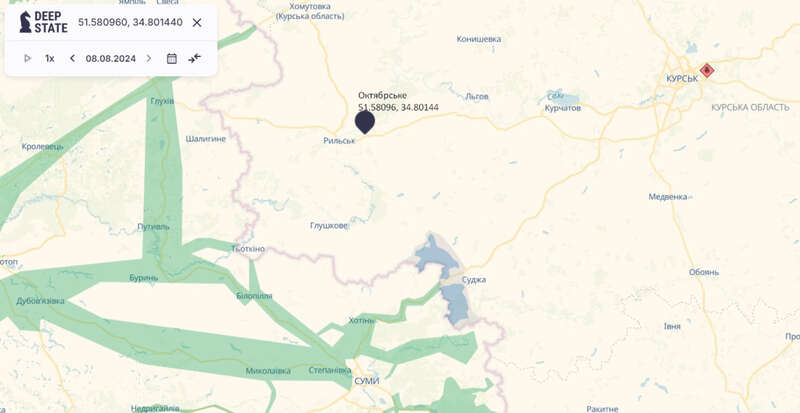
In addition, analysts confirmed a HIMARS attack on a column of Russian vehicles filled with Russian soldiers. The event took place near the village of Oktyabrsk, halfway from Rylsk to Stepanivka. The video shows half a dozen vehicles, smashed and burned, standing on the side of the road.

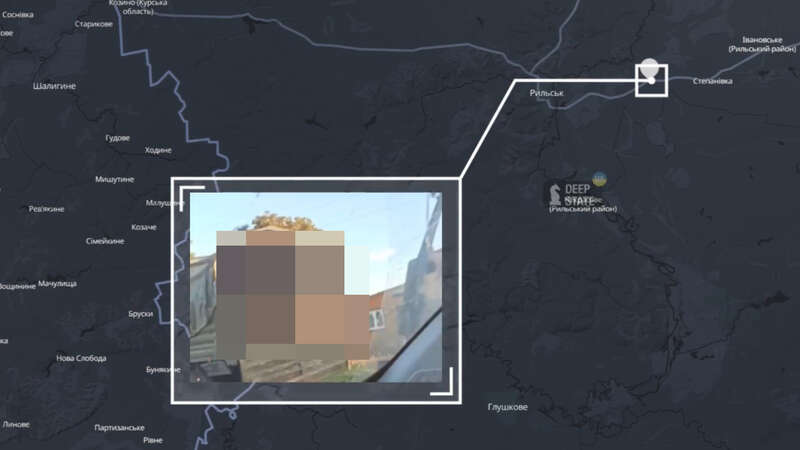
The situation near Kursk – battle maps from analysts
Analysts from the Institute for the Study of War have indicated on a map of military operations that the "tongues" on which the fighting is being conducted stretch from both sides to Kurchatov, a city near which the Kursk Nuclear Power Plant is located. As of August 9, the distance to the settlement is about 20 km (from Novoserhiivka, approximately). OSINT analyst Clement Molin has published a slightly different configuration of the line of conflict, which ends near the area of Mala Lopan and Olhivka.
